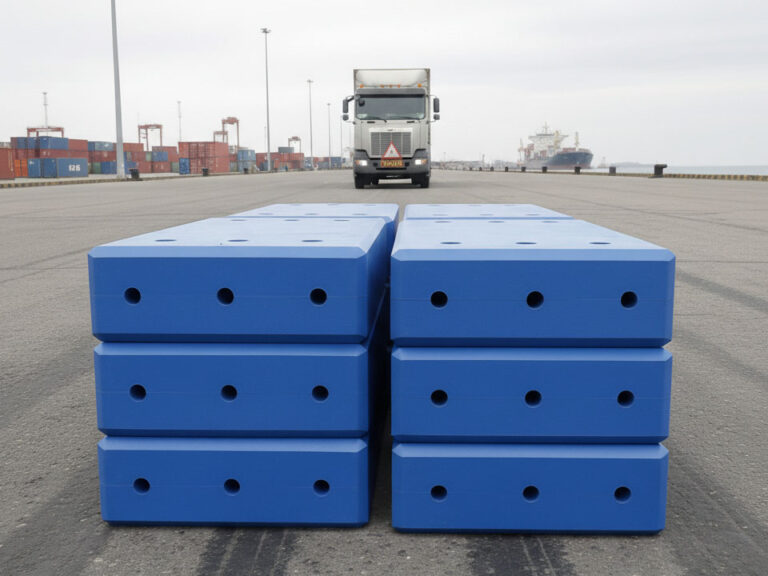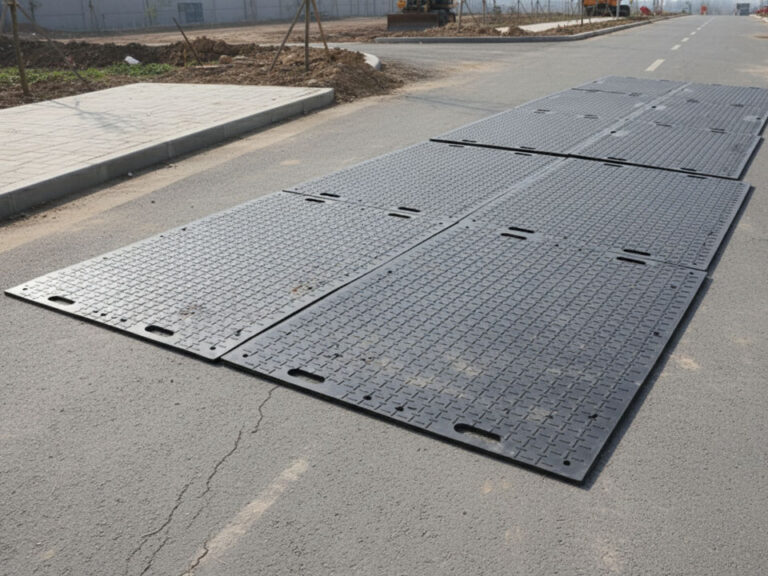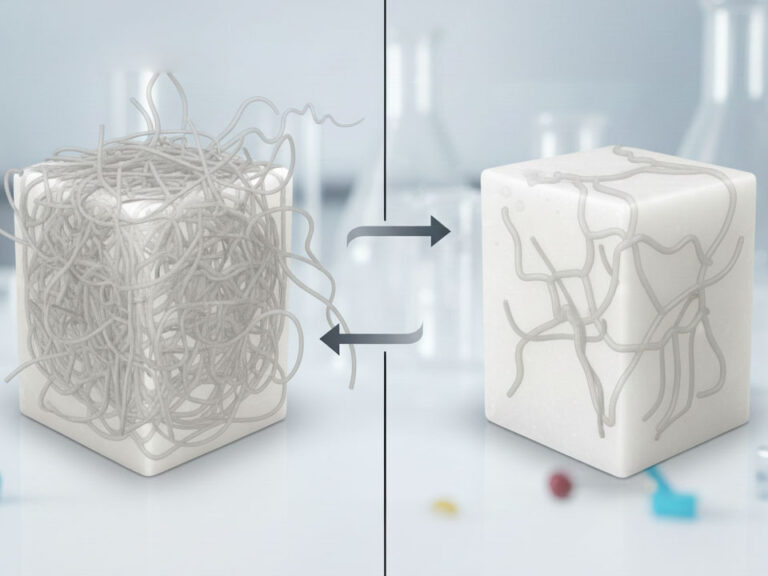-
Tian Dong Industrial Park, Decheng District Economic and Technological Development Zone, Dezhou City
7 Ways to Tell UHMWPE from HDPE—Without Lab Tests
When you’re vetting a supplier or auditing incoming stock, you don’t always have a lab. What you do have is a bench, a kettle, a scale, and a bit of curiosity. Below is a pragmatic, B2B-friendly playbook I use to tell UHMWPE (ultra-high-molecular-weight polyethylene) from HDPE (high-density polyethylene)—fast, repeatable, and gentle enough for most parts.
Before the how-to, here’s a 10-second cheat sheet:
- UHMWPE is slipperier, tougher in impact, and softer at heat than HDPE. It machines “stringy” and resists abrasion extremely well. ([ensinger-pc.com][1])
- HDPE is a bit stiffer, less stringy to machine, and typically holds shape better close to boiling water temperatures.
Table of Contents
A quick data snapshot (for context)
| Property (typical) | HDPE | UHMWPE |
|---|---|---|
| Density (g/cm³) | ~0.95–0.96 | ~0.93 |
| Vicat softening temp (°C) | ~120 | ~80–90 |
| Coefficient of friction (dry vs steel) | ~0.31 static / ~0.22 kinetic | ~0.15–0.20 static / ~0.10–0.14 dynamic |
| Tensile modulus (stiffness) | ~200,000 psi (≈1.38 GPa) | ~80,000–120,000 psi (≈0.55–0.83 GPa) |
| Notched Izod impact | “brittle break” more likely | “No break” common |
Data sources: Matmatch HDPE (Vicat); EPDM/UK UHMW datasheet (Vicat); Action Plastics HDPE sheet (friction); Ensinger UHMW (friction, impact); Laminated Plastics comparison (modulus, density). ([EPDM Rubber Supplies][2])
Note on variation: Values vary by grade, texture (e.g., cutting-board finish), fillers, and test methods. Use these as tendencies, not absolutes. ([ensinger-pc.com][1])
The 7 no-lab tests
1) The Slide Test (quick friction check)
What to do: Put an equal-size HDPE suspect and UHMW suspect on a clean steel plate. Tip the plate slowly and note which one starts sliding first. Why it works: UHMW’s dry coefficient of friction is typically lower than HDPE’s. On steel, UHMW is often around 0.15–0.20 (static) and 0.10–0.14 (dynamic), while a common HDPE sheet data set shows ~0.31 static / ~0.22 kinetic. If one sample clearly slides earlier on the same surface, odds are that’s UHMW. ([ensinger-pc.com][1])
Shop tip: If you want a number, measure the angle θ where motion starts and estimate μ ≈ tan θ. Compare the two parts you have; you don’t need a textbook μ to tell them apart.
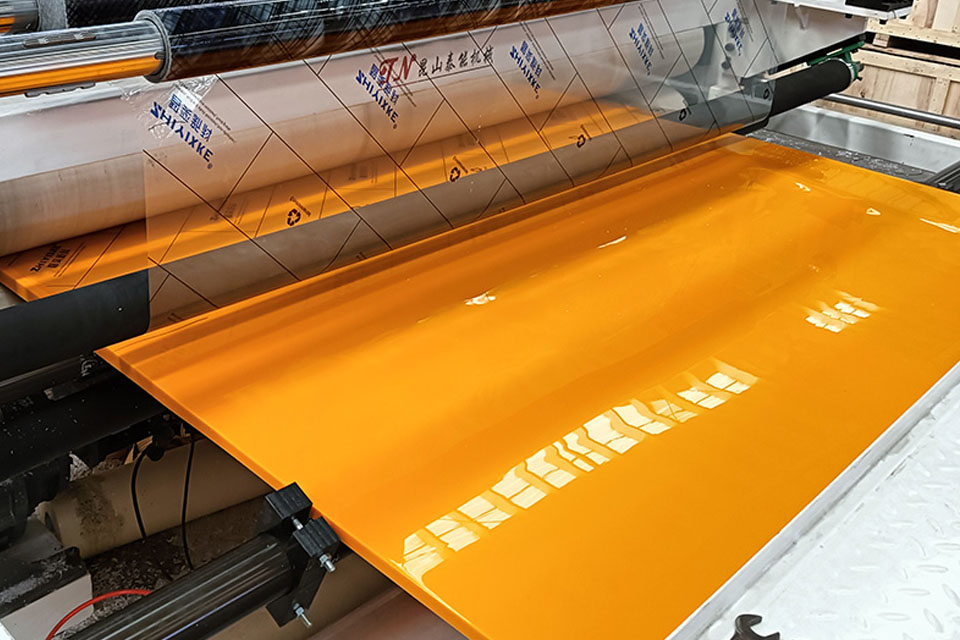
2) The Boiling-Water Flex Test (gentle heat cue)
What to do: Heat water to a rolling boil (≈100 °C). Briefly dip a corner of each sample for ~30–60 seconds (don’t leave parts unattended). Feel stiffness as it warms. Why it works: Vicat softening is lower for UHMW (often ~80–90 °C) than for HDPE (~120 °C). Near boiling, UHMW will lose stiffness and “give” sooner than HDPE. Handle carefully and avoid distorting critical parts. ([EPDM Rubber Supplies][2])
3) The Chip & “Angel-Hair” Test (machining behavior)
What to do: Take a light drilling or milling pass (sharp tool, modest feed). Watch the swarf. Why it works: UHMW tends to produce stringy, burr-prone “angel hair” because of its extraordinary elongation and toughness; HDPE typically chips more cleanly. Machinists on Reddit regularly report UHMW as “a burr control nightmare” compared to HDPE.
Real-world voice (Reddit paraphrase): “UHMW fuzzes and wants to smear unless your tooling and feeds are dialed.” That’s a strong UHMW tell.
4) The Scratch & Recovery Test (self-lubricity feel)
What to do: With a blunt steel nail, press and drag lightly across the surface (hidden area). Why it works: UHMW is exceptionally abrasion-resistant and self-lubricating; shallow scratches feel waxy and can “heal” visually more than HDPE. HDPE will typically mark a bit more readily and feel less slick under the same pressure. (UHMW’s “wear” and very low friction are core reasons it’s used for liners, bearings, and chute walls.)
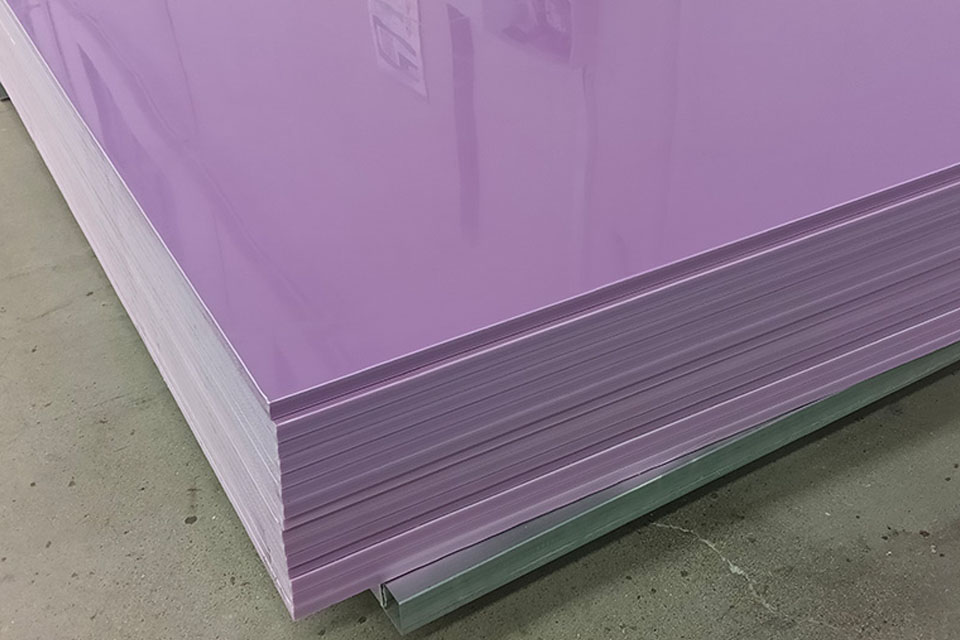
5) The Tap-Tone & Flex Test (stiffness cue)
What to do: Tap two same-size coupons together and do a simple hand-flex. Why it works: HDPE is stiffer on average (tensile modulus ~200,000 psi) while UHMW is softer/more ductile (~80,000–120,000 psi). HDPE tends to sound a touch “brighter” and deflect less; UHMW feels springier. Don’t over-bend—this is a comparative cue, not a destructive test. ([Laminated Plastics][3])
6) The Edge-Finish Test (knife or face mill)
What to do: Skive a thin shaving with a sharp knife or take a light face-mill. Why it works: UHMW often smears and leaves fuzzy/rolled edges unless feeds, speeds, and tool geometry are tuned; HDPE usually takes a cleaner edge. This mirrors machinist experience in production threads (see Test #3 reference).
7) The Abrasion Strip Test
What to do: Press a strip of each material against the same abrasive belt (identical load, short duration). Inspect the scuff: depth, texture, and heat haze. Why it works: UHMW is selected specifically for outstanding abrasion resistance; you’ll usually see a lighter scuff and less heat discoloration versus HDPE under equal conditions. (Engineering data sets list UHMW wear factors and sand-wheel abrasion references far better than HDPE.)
Buyer’s checklist
- Applications screaming UHMW: chute and hopper liners, chain guides, wear pads, star wheels, sliding bearings—anywhere “low friction + high wear” pays back.
- Applications fine for HDPE: structural spacers, tanks, trays, guards, panels—where stiffness and form stability matter more than ultra-low friction.
- Food contact: Many UHMW grades are FDA/NSF compliant—always confirm the grade on the certs. ([ensinger-pc.com][1])
- Tolerances: UHMW’s larger thermal expansion and tendency to creep mean you should design fits accordingly; if your print has tight flatness after machining, HDPE can be easier.
Common pitfalls
- Texture traps: Embossed “cutting board” HDPE can feel slipperier than it really is. When in doubt, test on a flat, clean face.
- Grade confusion: Oil-filled or glass-filled UHMW changes friction and wear feel. Ask for the grade and filler on the COA; repeat tests on a virgin face. ([ensinger-pc.com][1])
- Heat illusions: Both are polyethylenes—melting points are in the same ballpark—but softening behavior near boiling water sharply diverges (Vicat). Use the short dip test, not a heat gun blast.
Sources & further reading
- Ensinger Precision Components—UHMW overview with friction, impact, wear cues. ([ensinger-pc.com][1])
- Action Plastics—HDPE sheet data (static/kinetic friction, physicals).
- Matmatch—HDPE property sheet with ~120 °C Vicat softening reference.
- EPDM (UK) UHMWPE datasheet—Vicat ~80 °C and property ranges. ([EPDM Rubber Supplies][2])
- Laminated Plastics—HDPE vs UHMWPE comparison (modulus/density snapshot).
- Reddit machining experience (burrs/stringiness, UHMW vs HDPE).
About Quora: Quora’s robots policy blocks direct access here, but common practitioner threads there echo the same patterns you see above: UHMW is called out as slicker but stringy to machine; HDPE as stiffer and friendlier on edges. (If you’d like, I can summarize specific Quora threads you provide.)
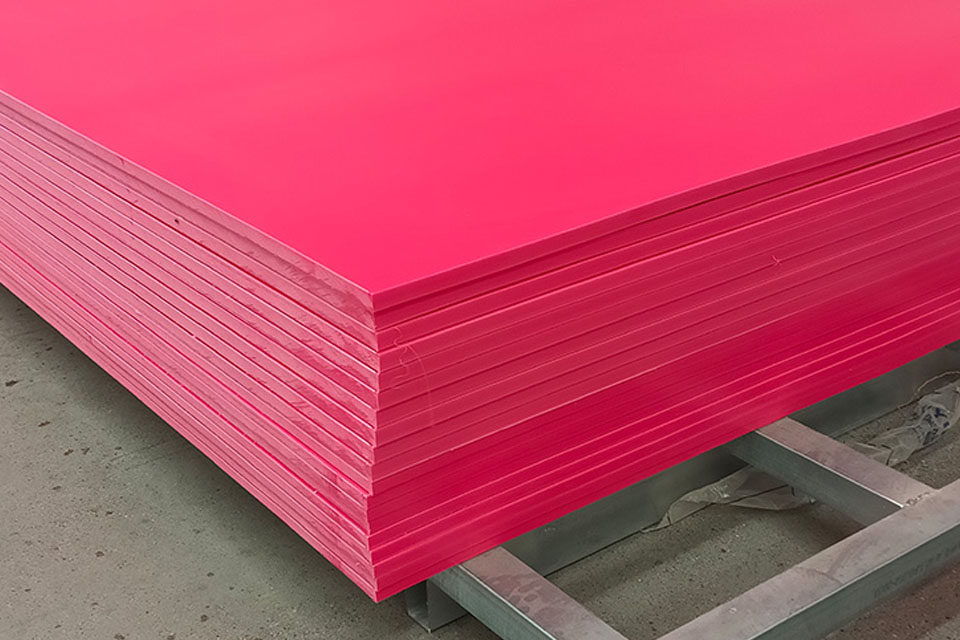
FAQ
Q1: Can density or float tests separate them? Not reliably. Both float in water and sit close in density (≈0.93–0.96 g/cm³). Use friction and softening cues instead.
Q2: Is UHMW always the better choice for wear? For sliding abrasion, usually yes. But HDPE may win for cost, stiffness, and easier finishing on tight-tolerance panels. Match the polymer to the load case. ([ensinger-pc.com][1])
Q3: Are these tests safe for finished parts? Yes—if you work on sacrificial corners, minimize heat/time, and avoid deep scratches. When in doubt, test offcuts.
Final words
If your part needs to act like a Teflon-slick bumper that shrugs off grit and hammer blows, you’re probably holding UHMW. If you want cleaner edges and a bit more shape-holding around hot washdowns, that’s likely HDPE. Use two or three of the tests above in combination and you’ll go from guessing to knowing—without ever booking lab time.

